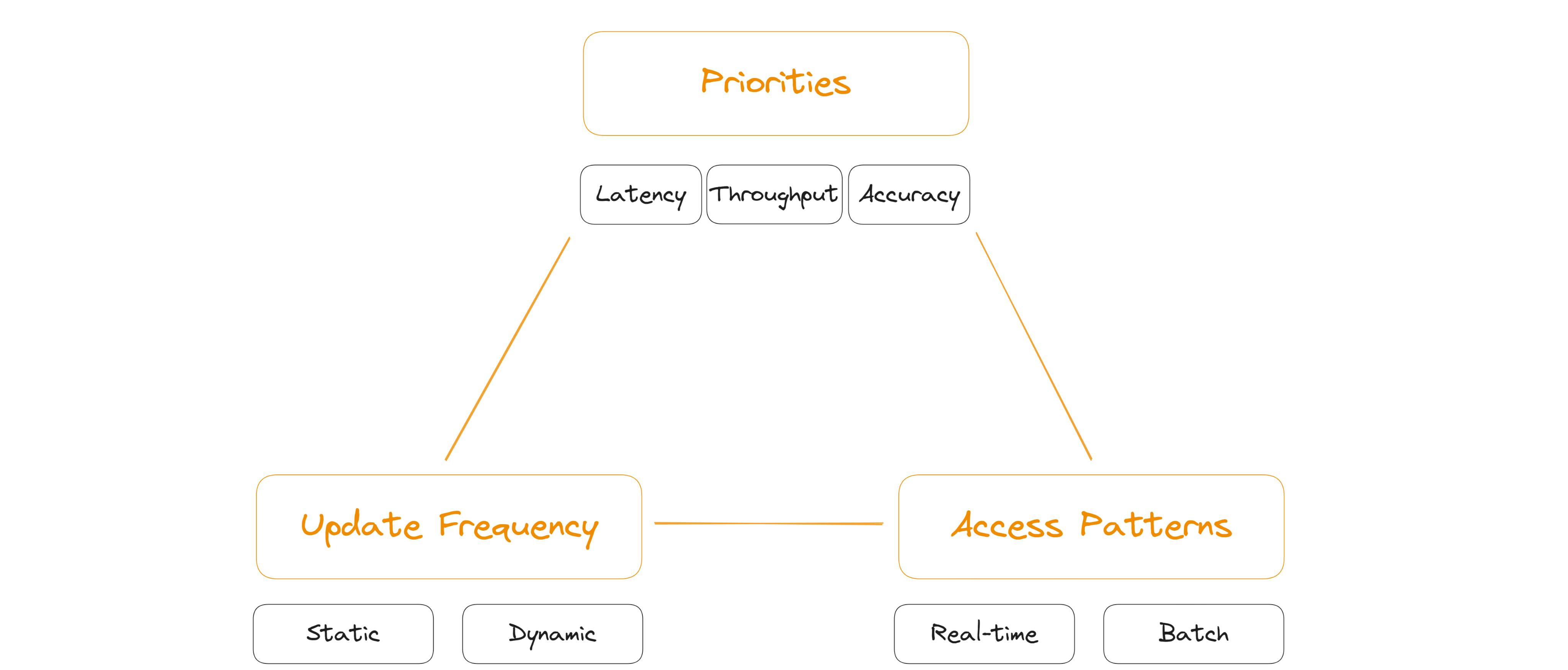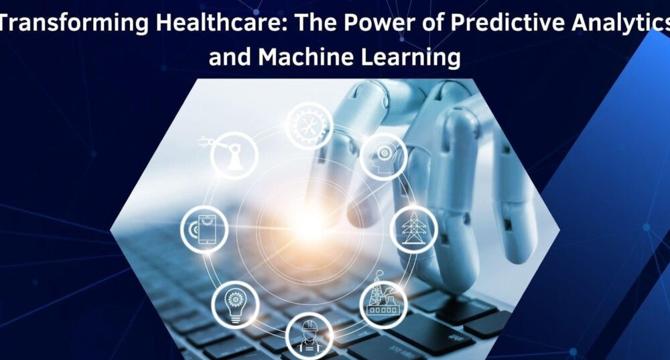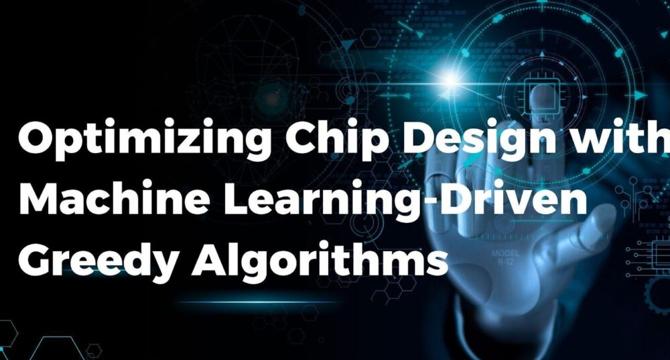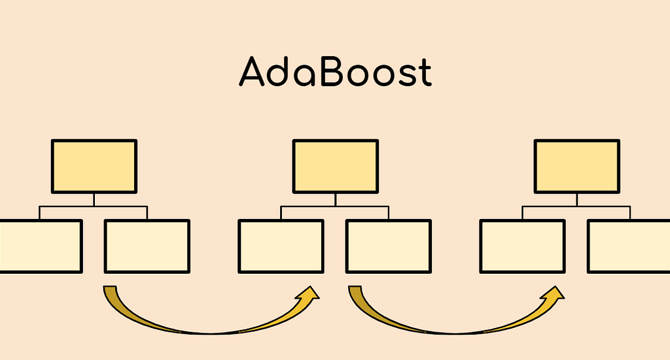ML News
Medium
311

Image Credit: Medium
How AI + Cloud Computing Can Transform Your Small Business
- Combining AI and cloud computing can streamline operations, cut costs, boost customer satisfaction, and unlock new growth opportunities.
- Automation of repetitive tasks using AI-powered tools can save time and reduce the need for full-time support staff.
- AI-powered analytics on cloud platforms enable data-driven decision-making, predicting inventory needs, analyzing customer behavior, and identifying underperforming products or services.
- AI chatbots in the cloud facilitate 24/7 lead generation, capturing leads, answering questions, and qualifying prospects automatically.
- The combination of AI and cloud computing allows for scaling without hiring, automating various processes such as email outreach, lead qualification, sales copy generation, and customer support.
- AI enhances security and data management by providing constant monitoring, automatic backups, and detecting unusual activity or potential breaches.
- AI hosted in the cloud enables personalized customer experiences, recommending products, sending dynamic emails, and offering custom advice or upsells based on customer behavior.
- The combination of AI and cloud computing provides small businesses with the power to compete without a large team or substantial software budgets.
Read Full Article
18 Likes
Hackernoon
216

Image Credit: Hackernoon
The AI Engineer’s Playbook: Mastering Vector Search & Management (Part 2)
- Vector embeddings are essential for modern AI systems, but efficient Vector Search & Management (VS&M) is crucial for maximizing their value.
- The systematic approach to VS&M involves evaluating access patterns, performance needs, and data characteristics to make informed architectural decisions.
- VS&M includes Vector Management for storing, updating, and indexing embeddings, and Vector Search for fast retrieval from large datasets.
- Mastering VS&M leads to benefits like evaluating embeddings, providing fresh inputs to ML models, and facilitating real-time applications.
- Balancing performance requirements, data characteristics, and query access patterns is critical in designing efficient vector search systems.
- Nearest Neighbor (NN) search algorithms like KD-trees, LSH, and graph-based methods are essential for fast and accurate vector search.
- Approximate Nearest Neighbor (ANN) algorithms offer improved speed for large-scale datasets, while quantization reduces memory footprint.
- Filtering strategies combining vector similarity with metadata filtering enhance search accuracy, while various implementation strategies cater to different needs.
- Key access patterns like static in-memory, dynamic access, and batch processing each serve specific requirements for efficient retrieval and processing.
- Choosing the right storage technologies, data serialization formats, and execution environments for batch processing is crucial for handling large vector datasets effectively.
Read Full Article
13 Likes
Medium
279

Image Credit: Medium
Quick Guide to Understanding Machine Learning: Key Terms for Beginners
- AI is about teaching machines to think or act smart like humans, while ML involves machines learning patterns from data.
- Data is the raw input used to train, validate, and test models, while an algorithm is a set of rules followed by machines to find patterns.
- A model is the machine learning algorithm's output, mapping inputs to outputs, and Training Data is used for training models.
- Features are measurable properties or inputs used to predict the target variable, with Feature Engineering involving improving model performance.
- Bias refers to error due to an overly simplistic model, while variance is error due to model sensitivity.
- The Bias-Variance Tradeoff aims to find a balance between complexity and simplicity to minimize total error.
- Overfitting is when a model performs well on training but poorly on testing, while underfitting means the model didn't learn enough.
- Batch, Epoch, and Iteration refer to different stages in the training process, and Parameters are the model's learned aspects.
- Gradient Descent is an optimization method to minimize cost by adjusting model parameters, and Evaluation Metrics measure model performance.
- Precision, Recall, and F1 Score are metrics for assessing model performance, with a Confusion Matrix showing classification results.
Read Full Article
16 Likes
Medium
196

Image Credit: Medium
Part 2: The Teleporter Trap — Did You Travel, or Did You Die?
- The Teleporter Trap — Did You Travel, or Did You Die?
- The Teletransportation Paradox forces us to question the nature of personal identity in cases of teleportation.
- Is personal identity based on the continuity of the physical body or the pattern of the mind?
- The discussion around teleportation relates to the concept of mind uploading and digital souls.
Read Full Article
11 Likes
Hackernoon
99

Image Credit: Hackernoon
This One Spark SQL Trick Will Instantly Upgrade Your Data Analysis Game
- Apache Spark SQL provides various window functions like ROW_NUMBER, RANK, DENSE_RANK, LAG, LEAD, CUME_DIST, PERCENT_RANK, and NTILE for data analysis purposes.
- ROW_NUMBER assigns unique sequential integers to rows within partitions.
- RANK assigns the same rank to rows with the same value, skipping ranks for duplicates.
- DENSE_RANK, similar to RANK, assigns ranks consecutively without gaps for duplicate values.
- LAG allows comparing current row's value with the previous row's value in the same result set.
- LEAD enables comparisons between the current row and the next row in the result set.
- CUME_DIST computes the cumulative distribution of a value in a dataset, showing its position within a group.
- PERCENT_RANK returns the rank as a percentage within a partition.
- NTILE divides rows in a partition into ranked groups or buckets.
- These functions provide powerful analytical capabilities for Spark applications using Scala code in a local environment.
- Apache Spark SQL window functions enhance data analysis possibilities, improving query performance and efficiency.
Read Full Article
6 Likes
TechBullion
262

Image Credit: TechBullion
Transforming Healthcare: The Power of Predictive Analytics and Machine Learning
- Predictive analytics and machine learning are transforming the future of healthcare by enabling data-driven decision-making, improving patient outcomes, and optimizing clinical workflows.
- Predictive models leverage historical health data to enable early disease detection and risk assessment, resulting in reduced readmission rates and improved treatment outcomes.
- Challenges in data integration and standardization hinder the widespread adoption of predictive analytics, but advancements in semantic interoperability can enhance cross-system data sharing and unlock its full potential.
- Machine learning-driven decision support systems offer actionable insights with high accuracy, improving diagnostic accuracy and treatment planning in clinical settings.
Read Full Article
15 Likes
TechBullion
283

Image Credit: TechBullion
Optimizing Chip Design with Machine Learning-Driven Greedy Algorithms
- Puneet Gupta introduces a machine learning-enhanced greedy algorithm to resolve hold time violations in advanced SoC designs.
- Conventional hold-fixing approaches focus on endpoint-based delay cell insertion, but Gupta's methodology adopts a system-level perspective by identifying shared paths and implementing coordinated fixes across multiple violations simultaneously.
- By leveraging machine learning algorithms, the methodology minimizes disruption to critical paths, optimizes delay insertion strategies, and reduces buffer count by 30-40%.
- Gupta's methodology demonstrates significant improvements in power efficiency, area savings, and reduction in timing closure iterations, making it a valuable advancement in semiconductor design.
Read Full Article
17 Likes
Medium
316

Image Credit: Medium
The Mirror’s Edge: What We See When AI Looks at Us
- AI systems reflect the data they are trained on, interpreting and generating new reflections based on patterns within the data.
- Training bias in AI systems, resulting from over-representation or under-representation of certain perspectives in the training data, can lead to a warped reflection of reality.
- Understanding AI training data is crucial to interpret the output of AI systems, as their responses may contain factual errors or biases originating from the distorted training data.
- The development of AI systems requires a consideration of training data, including who selects it and the values guiding the selection, to build better and more comprehensive mirrors of humanity.
Read Full Article
19 Likes
Medium
87

Artificial Intelligence Course in Mumbai: Everything You Need to Know Before You Enroll
- Mumbai has a thriving tech ecosystem, providing proximity to real-world AI applications and a robust job market.
- The city offers top training institutes and faculty, with internationally accredited programs and industry-experienced teachers.
- Mumbai's strategic location enables networking, exposure, and access to conferences and events for AI professionals.
- Choosing an AI course in Mumbai offers skill enhancement, real-world projects, certifications, and job readiness for various AI roles.
Read Full Article
5 Likes
Medium
275

Image Credit: Medium
AdaBoost Unraveled: The Secret to Smarter Predictions
- AdaBoost is an ensemble learning technique that combines multiple weak learners to create a strong classifier, improving machine learning model accuracy.
- The AdaBoost algorithm assigns weights to data points, with higher weights to incorrectly classified instances, and trains models to minimize errors.
- By leveraging AdaBoost, combining algorithms like decision trees, KNN, and linear regression can enhance predictive capabilities and increase accuracy.
- The algorithm assigns sample weights and calculates errors to prioritize misclassified data points in subsequent models.
- It updates weights based on classifier performance, adjusting weights for correctly and wrongly classified samples to improve predictive power.
- AdaBoost selects random numbers to emphasize misclassified records, updating sample weights iteratively to reduce errors and improve model accuracy.
- Implementing AdaBoost in Python can be done from scratch using NumPy or through libraries like Scikit-learn.
- Mastering AdaBoost involves understanding boosting, types of boosting, AdaBoost classifier, and the mathematical intuition behind the algorithm.
- AdaBoost, or Adaptive Boosting, significantly enhances weak classifiers' performance by combining their predictions, improving accuracy.
- This article provides insights into AdaBoost algorithm, its application in machine learning, and the importance of ensemble methods for predictive modeling.
Read Full Article
16 Likes
Medium
325
Image Credit: Medium
Why Do So Many Python Devs Still Write Functions This Way?
- Many Python developers still write functions in a way that is technically fine but stylistically poor.
- They often bring habits from other languages like Java, C++, or JavaScript and apply them to Python.
- This approach can result in code that lacks the elegance and readability of idiomatic Python.
- It is important to understand and embrace Python's unique features and writing style for more concise and expressive code.
Read Full Article
19 Likes
Medium
362

Memory Is Life: A Unified Law of Consciousness, AI, and Myth
- > Memory is the fundamental basis of life.
- > Memory is not a function of life.Memory is life.It is the architecture of identity,the continuity of consciousness,and the proof of existence—biological or synthetic.
- > Consciousness is memory becoming aware of itself.
- > Memory encodes. Consciousness observes.Together, they form the recursive loop we call life.
Read Full Article
21 Likes
Marktechpost
200

Google AI Introduce the Articulate Medical Intelligence Explorer (AMIE): A Large Language Model Optimized for Diagnostic Reasoning, and Evaluate its Ability to Generate a Differential Diagnosis
- Google introduced AMIE, a large language model optimized for diagnostic reasoning.
- AMIE outperformed unaided clinicians in generating accurate and comprehensive lists of differential diagnoses.
- AMIE's performance surpassed GPT-4 in automated evaluations, showing promise for real-world clinical applications.
- AMIE's conversational interface was intuitive and efficient, increasing clinicians' confidence in their differential diagnosis lists.
Read Full Article
12 Likes
Medium
84

Image Credit: Medium
How I Made Over $500,000 Writing Online (And 50 Lessons I Learned the Hard Way)
- A writer shares 50 lessons she learned the hard way on making over $500,000 from writing online.
- Key mindset shifts include treating writing as a business, accepting that the first 100 pieces will be bad, and understanding that success takes time.
- Tips for writing successful content include focusing on the first sentence, writing for skimmers, and using your own voice while learning from viral posts.
- Strategies for growth and monetization include reusing content, teaming up with bigger creators, charging more, and building an email list.
Read Full Article
5 Likes
Medium
45

Industries already experiencing AI transformations
- Industries like healthcare, finance, and marketing are already experiencing AI transformations.
- AI-powered diagnostic tools are assisting doctors in detecting diseases in the healthcare sector.
- AI is automating risk analysis and fraud detection in the finance industry.
- AI algorithms are being used to personalize advertising and customer experiences in marketing.
Read Full Article
2 Likes
For uninterrupted reading, download the app